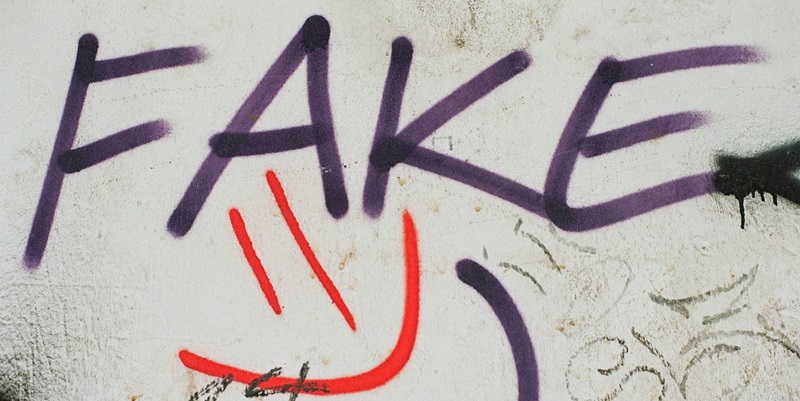In a jaw-dropping incident late May 2024, the power of artificial intelligence to deceive was on full display as an eerily convincing fake CFO, manufactured by deepfake technology, conned an unwitting employee into transferring a staggering $500,000 during what appeared to be a routine Zoom call. This alarming case has thrown into sharp relief the escalating concerns around the nefarious use of deepfakes in the realm of cybercrime. Cybersecurity expert David Fairman, hailing from Netskope, points to the gravity of this growing threat. Since the advent of ChatGPT by OpenAI in 2022, AI-generated content has become more accessible, subsequently lowering the barrier for cybercriminals to exploit this technology. While deepfakes offer a wealth of positive possibilities for creativity and education, their darker applications are casting a long shadow, with instances of financial fraud, political deceit, and character defamation coming to light.
The Battle of Detection vs. Evolution
Detection tools for deepfakes, although in the early stages of development, face a Herculean task in keeping up with the breakneck pace of technological progress. As AI continues to refine its ability to mimic human nuances, identifying these AI-driven forgeries becomes increasingly arduous. While legislation, such as California’s efforts to impose restrictions on political deepfakes, is emerging to stymie the proliferation of these digital charades, there is yet a significant void in the legal frameworks globally. The laws that are in place struggle to grasp the full extent of this multifaceted and novel threat. The conundrum is clear: as the technology moves forward, legislatures across the world must catch up in crafting measures that can effectively moderate the risks posed by deepfakes without quashing the prospects of technological advancements.
The Double-Edged Sword of Deepfakes
Deepfake technology captures our imagination and concern in equal measure, offering a breakthrough in content creation and educational techniques while simultaneously jeopardizing the credibility of media, financial security, and the core of democracy. Cybersecurity specialists face the Herculean task of staying ahead of these advanced threats. They must carefully balance nurturing innovation with enacting regulations. As we progress, there’s an urgent need for policies that both uphold freedom of expression and prevent harmful manipulation. Both careful monitoring and updated legal frameworks are crucial for preserving media and institutional trust—critical to the stability of our digital communication networks.
Navigating this uncharted domain of tech and law, our collective attentiveness to deepfake dangers will be crucial in shaping the dependability and trustworthiness of online exchanges in the years to come.

